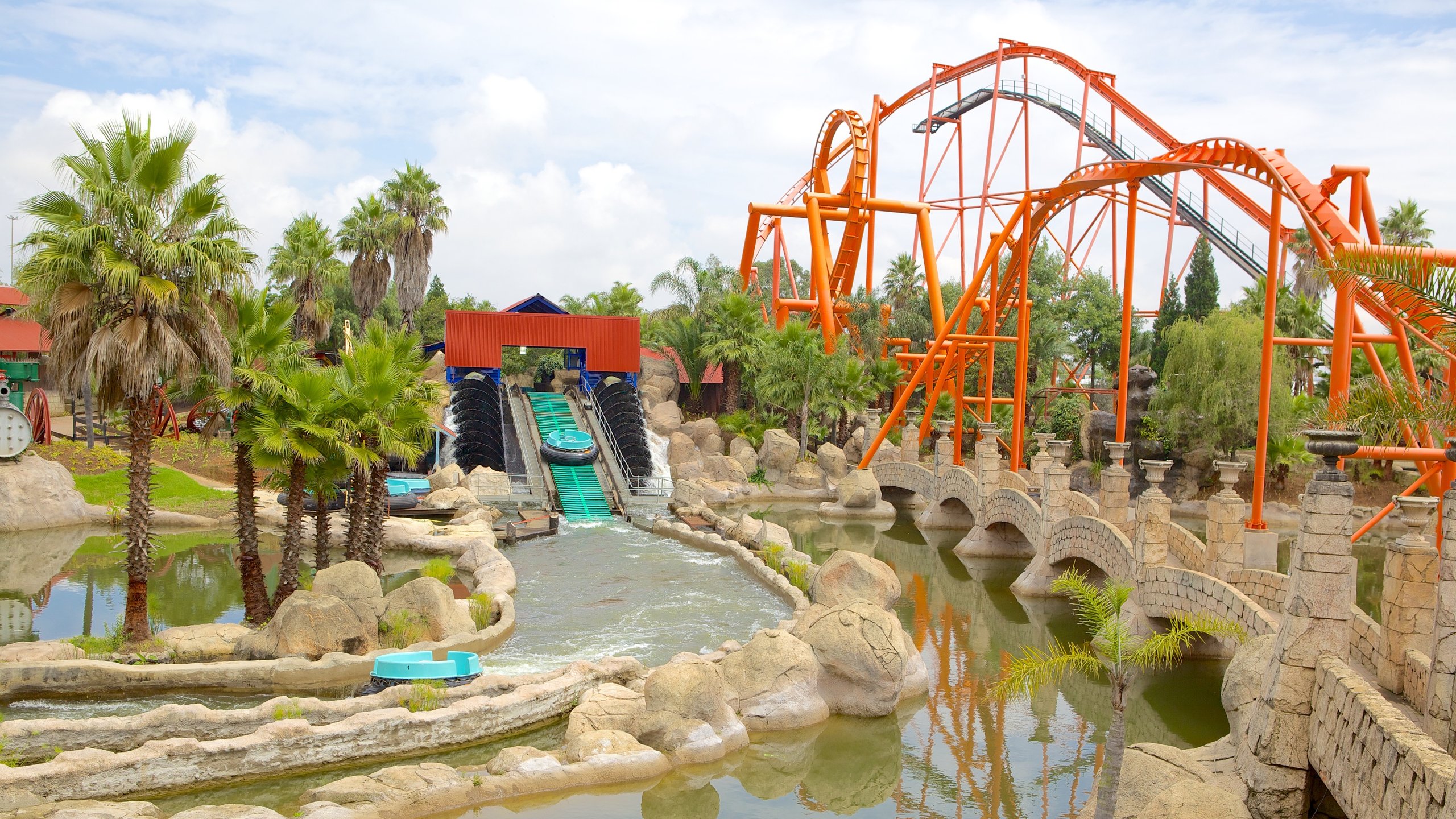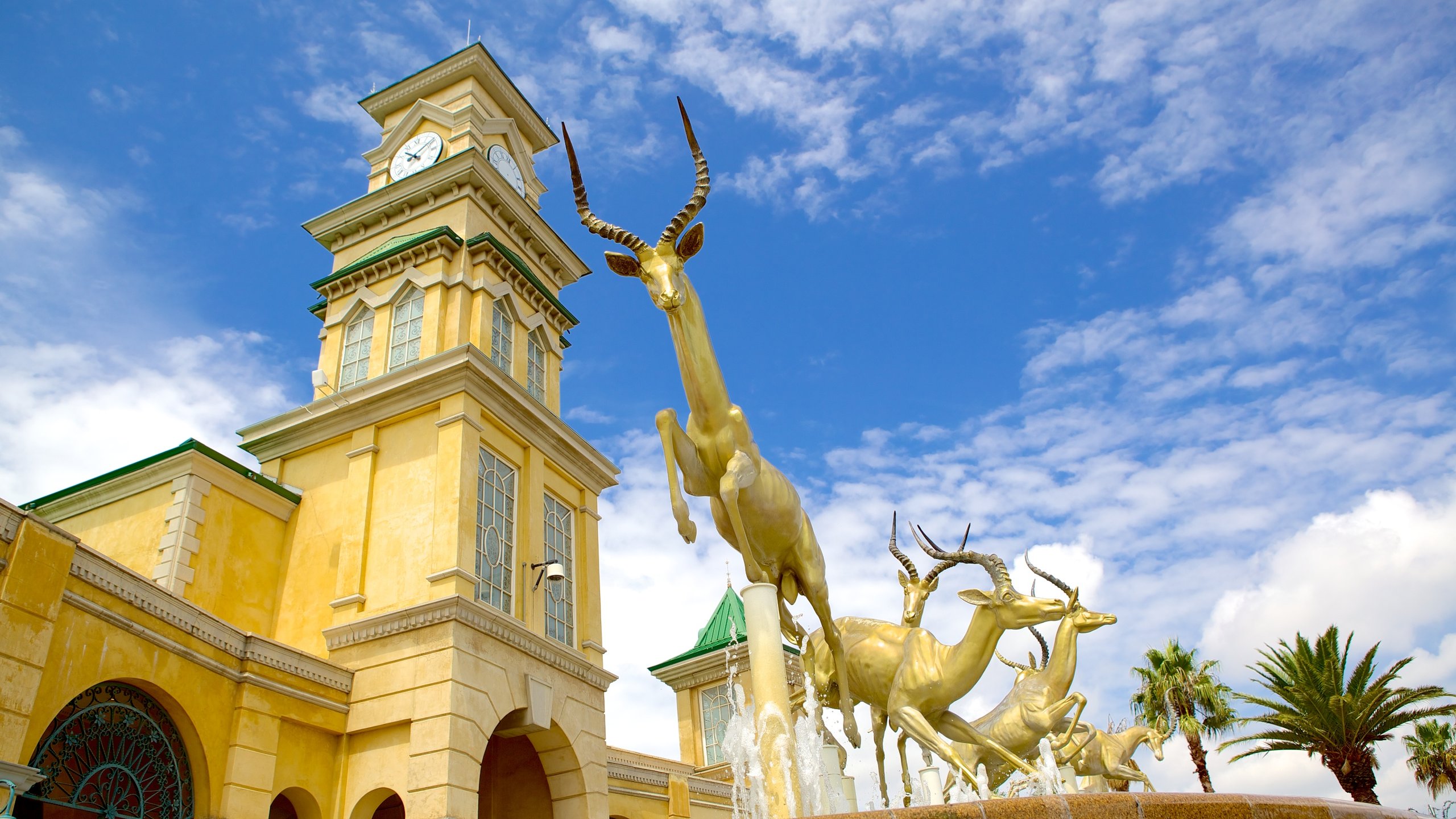The Only Guide for Johannesburg North Attractions
The Only Guide for Johannesburg North Attractions
Blog Article
The 3-Minute Rule for Johannesburg North Attractions
Table of ContentsJohannesburg North Attractions Can Be Fun For EveryoneSome Ideas on Johannesburg North Attractions You Should KnowAbout Johannesburg North AttractionsJohannesburg North Attractions for DummiesJohannesburg North Attractions Can Be Fun For AnyoneAll about Johannesburg North Attractions
The city owes its place to the visibility of a a lot more priceless resource: gold. The city grew on the side of the Witwatersrand Key Coral reef, a subterranean stratum of gold-bearing quartz-silica corporation that arcs for thousands of miles beneath the Highveld. A lot of the gold mines in the city stopped procedure in the 1970s, but in its day the Witwatersrand gold market represented even more than 40 percent of the globe's yearly gold production.Johannesburg has a temperate environment. Summertime temperatures average about 75 F (24 C); wintertime temperature levels balance concerning 55 F (13 C) and just periodically dip below cold. The city takes pleasure in about eight hours of sunlight per day in both winter season and summertime. Rainfall averages regarding 28 inches (700 millimetres) per annum, however the complete differs significantly from year to year.
What rain the city gets falls nearly specifically in the summer season months, commonly in stunning late-afternoon electrical tornados., where several locals still depend on coal for fuel.

Some Known Factual Statements About Johannesburg North Attractions
The equilibrium of the city is occupied by whites. Lodging varies in personality and top quality. Soweto is well-known for its limitless rows of municipally developed, two-room matchbox homes, yet it likewise has a few prosperous enclaves as well as bristling squatter camps, where 10s of thousands live without water, electricity, or hygiene centers.
Physical development, although rather limited by transportation, proceeded promptly as migration to South Africa, and Johannesburg specifically, increased considerably. This issue was resolved in the 1930s when the auto was presented in mass production to South Africa. Autos were, generally, constrained to the affluent, and allowed them to relocate to the north of the city and commute into the centre.
Many bad suburbs were blended, with poor blacks and whites living together, although the wealthy suburban areas were typically booked for whites.
The previous system of eleven phoned number areas was reorganised in 2006. Marshalltown, as seen from the top of the Carlton Centre. The M1 and M2 run behind the buildings, and the southern residential areas expand past the freeway limit. The internal city of Johannesburg is located within the city's Region F. The approximated population of the area is 200,000, [] The number of individuals living in the inner city on an informal basis is unidentified, as many are prohibited immigrants. A lot of higher-income homeowners and white individuals have moved to the northern suburbs and have actually been replaced by lower-income black people. The unemployment, education and learning, and age profiles of the location are all unidentified, due to the difficulty of acquiring trustworthy info about the area.
Johannesburg North Attractions - The Facts
Yeoville and Bellevue have a mix of home buildings and single property devices on small great deals. The area is located on a mountainous divide that runs from east to west.

Unknown Facts About Johannesburg North Attractions
R. Tambo International Airport Terminal). The eastern suburbs are several of the earliest areas of Johannesburg, there are big neighborhoods of Jewish and various other European backgrounds, most of the populace is English talking. There are 3 golf links in addition to a variety of safeguarded ridges with viewsites. There are several well-developed and up-market entertainment and purchasing locations in the east such as the Eastgate Mall and the Greenstone mall.
The area is mainly made up of old "matchbox" residences, or four-room residences constructed by the government, that were built to offer inexpensive lodging for black employees during discrimination. Soweto is an acronym, representing "South Western Townships". Road after road around is lined with matchboxes; her comment is here nonetheless, there are a couple of smaller sized locations where thriving Sowetans have built homes that are much more similar in stature with those in more wealthy suburbs.
Hostels are one more popular physical feature of Soweto. Originally developed to house male migrant employees, lots of have been enhanced as homes for couples and families. The N1 Western Bypass skirts the eastern border of Soweto. The residential area was not traditionally enabled to create work centres within the location, so nearly all of its citizens are commuters to other components of the city.
Rumored Buzz on Johannesburg North Attractions
The N1 Western Bypass attaches the north suburban areas with the north-western suburbs. The suburbs in the northern suburban areas are primarily official, without substantial locations of informal real estate, or housing that lacks a permanent framework. This is a well-known area, there is a pattern of land usage adjustment from residential to commercial, particularly along primary arterial roadways and around well-known nodes.
Roads to the eastern and west are much less well established, as there are no freeways useful link travelling in that direction. Towards the northern boundary of the city, the density of her comment is here growth decreases, leaving huge locations of undeveloped land around Midrand.
The Greatest Guide To Johannesburg North Attractions
The initial suburban area to the north of the central city is Parktown, which lies on a hill overlooking the internal city and Hillbrow. It has many wealthy citizens and Edwardian-design estates, as well as the Education and learning and Medical universities of the College of the Witwatersrand. The huge concrete Charlotte Maxeke Johannesburg Academic Health Center dominates the sky line of Parktown.
Report this page